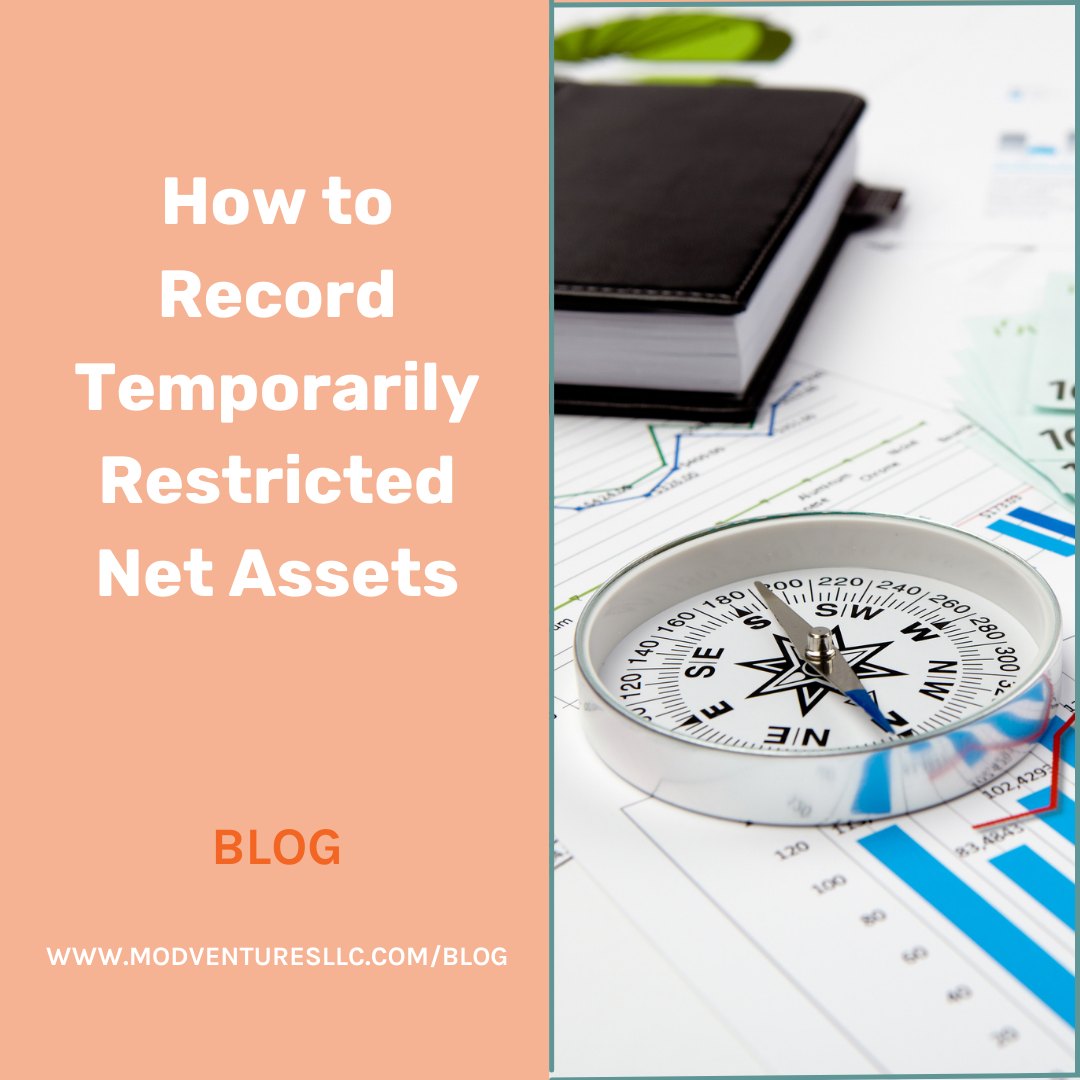As a nonprofit organization, you are subject to different financial reporting requirements and an overall different financial situation in comparison to regular business owners. One of the most common situations to navigate is dealing with and learning how to record temporarily restricted net assets (TRNA).
Nonprofit accounting is traditionally viewed as confusing and conflicting – nonprofit organizations and accountantsare no strangers to forms and very specific procedures surrounding funds. Temporarily restricted net assets are no different and can pose a difficult task for the inexperienced.
Rather than letting you suffer through it alone, we’re going to share some insight on how to navigate these funds inside your organization:
Temporarily Restricted Net Assets vs. Permanently Restricted Net Assets
Restricted assets arecommon funding options for nonprofit organizations, and although they have more restrictions and requirements when it comes to utilizing these funds, their benefits typically outweigh their constraints.
There are two main types of restricted assets, temporary and permanent. Both asset types have restrictions imposed by their donors, but where the restrictions lift after some time or it is meant for a very specific use for temporarily restricted assets. Permanently restricted assets do not have an expiration date on their required use.
An example of a temporarily restricted net asset is a pledge. An example of a permanently restricted net asset would berestricted grants.
Understanding the difference between the two is essential in keeping your accounting free of errors – and effectively avoiding some of themost common accounting mistakes nonprofits tend to make.
How to Record Temporarily Restricted Funds in Your Nonprofit
The best way is to always record your temporarily restricted funds in your accounting system and clearly mark them as temp restricted. You can do this by creating a specific account code or class that characterizes the type of revenue.
Do not skip this step. All funding in your nonprofit should be categorized and tracked – restricted, unrestricted, and temporarily restricted.
Alternatively, you can track your temp-restricted net assets offline in an Excel spreadsheet or similar. An auditor will need access to where and when funds were open and your balance, additions, and releases through yournonprofit’s fiscal year-end.
Checking On Your Accounting: Are You Accurately Tracking Your TRNA?
You should always be checking up on your accounts, particularly in a nonprofit organization. Manage your money carefully and keep up with account reconciliations to prevent fraud and miscalculation errors between the different types of funds.
Prevent errors by identifying and marking income restrictions as they come in – both in your donor database and your accounting system. Track your expected opening balance, additions, releases, and ending balances outside of your systems.Is your accounting system up to the task? Do you know how to clearly mark and track your temporarily restricted net assets? If you’re unsure or feel like your current financial system isn’t accurately tracking your funds, connect with ModVentures today for a free consultation to see how you can improve your organization’s financial health.
You May Also Love
CLOSE






